What to see around town during Paris+ par Art Basel
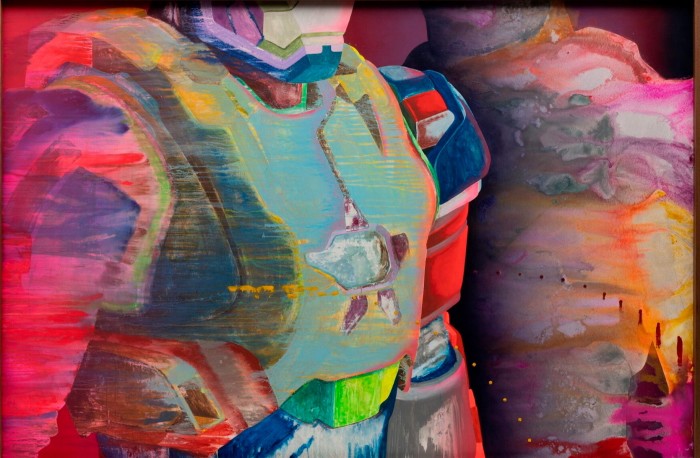
Roula Khalaf, Editor of the FT, selects her favourite stories in this weekly newsletter.
“Nomadism is part of our identity and we love the adventure,” says Silvia Ammon, director of contemporary art fair Paris Internationale (PI). Created in 2015 to promote artists on the periphery of the establishment, for its ninth edition the dynamic fair will take over four floors of a Modernist concrete landmark, Central téléphonique Le Coeur in Le Marais, with 71 galleries exhibiting from 25 countries.
Since its debut, the “collegial initiative” has charged smaller participation fees than its larger competitors, which encourages galleries to take risks with their showcase. Lowering the barrier to entry does not make the selection process less rigorous: “We choose galleries that see themselves as cultural producers and exhibition spaces as much as they see themselves as dealers,” says Ammon.
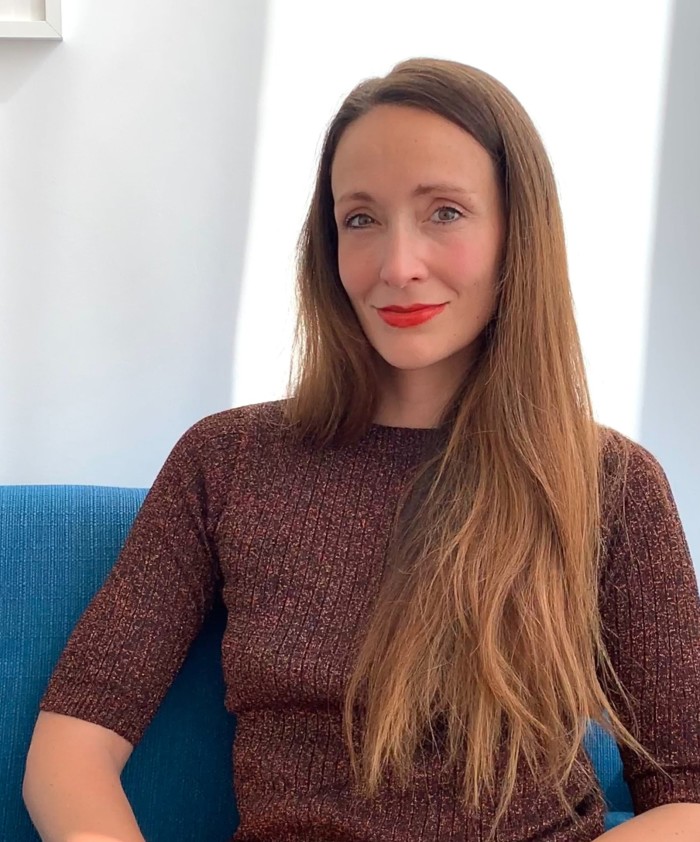
Paris’s contemporary art scene, and PI with it, had evolved largely without rupture over the past decade — until last year, when leading fair Fiac lost its place in the Grand Palais to Paris+ par Art Basel. (PI’s former co-director, Clément Delépine, is now the director of Paris+.) “To me it’s part of a longer evolution,” says Ammon. “What’s exciting is how we can have an impact on how contemporary art is perceived all year round and how we can inspire a new generation of collectors.”
There had been pre-pandemic plans for a PI pop-up, but for now, “The main ambition is to continue to propose an event that is singular and highlights a certain community, a place where people like to spend time.” Tamara Kormornick October 18-22, parisinternationale.com

A major retrospective dedicated to abstract expressionist Mark Rothko comes to the French capital for the first time in 20 years. More than 115 works on loan from the artist’s family and international institutions at the Fondation Louis Vuitton trace how the New Yorker was able to pack so much emotional power into simple forms. Starting from Rothko’s early street scenes of the 1930s, it moves to his colour-field paintings of the 1950s and eventually to the muted Black and Grey series made shortly before his death in 1970. Co-curated by Christopher Rothko, the artist’s son, the show is set to be a radiant survey of a giant of 20th-century art. Kristina Foster To April 2, fondationlouisvuitton.fr
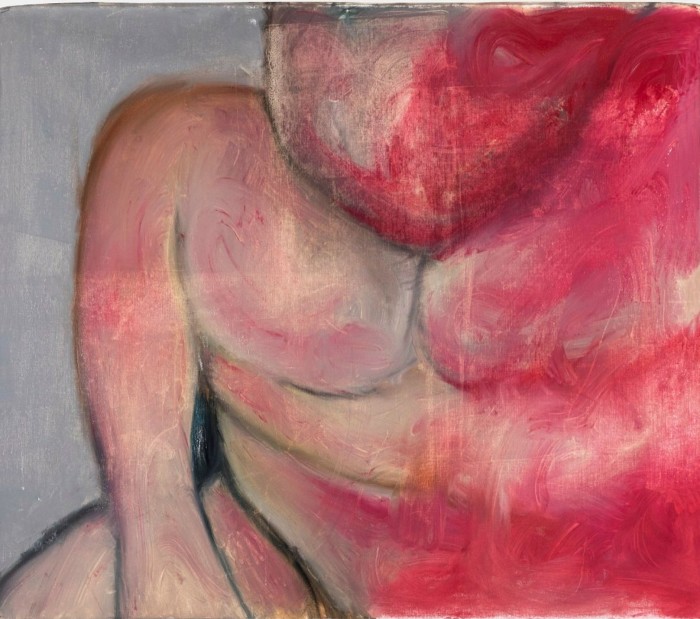
American art also takes centre stage at the Bourse de Commerce where American Mythologies, solo presentations of works by four artists from the Pinault Collection, offers pointed reflections on contemporary US society. Mike Kelley’s immersive environments unfold across the Rotunda and second-floor galleries in a retrospective titled Ghost and Spirit. Moon Room presents fragile rice-paper works from the 1970s by feminist art icon Mira Schor. Lee Lozano’s humorous, sexually explicit drawings and paintings hold nothing back in Strike. Finally, in I Fear, Ser Serpas transforms an entire gallery into an unsettling environment where ghostly canvases float in space. KF pinaultcollection.com
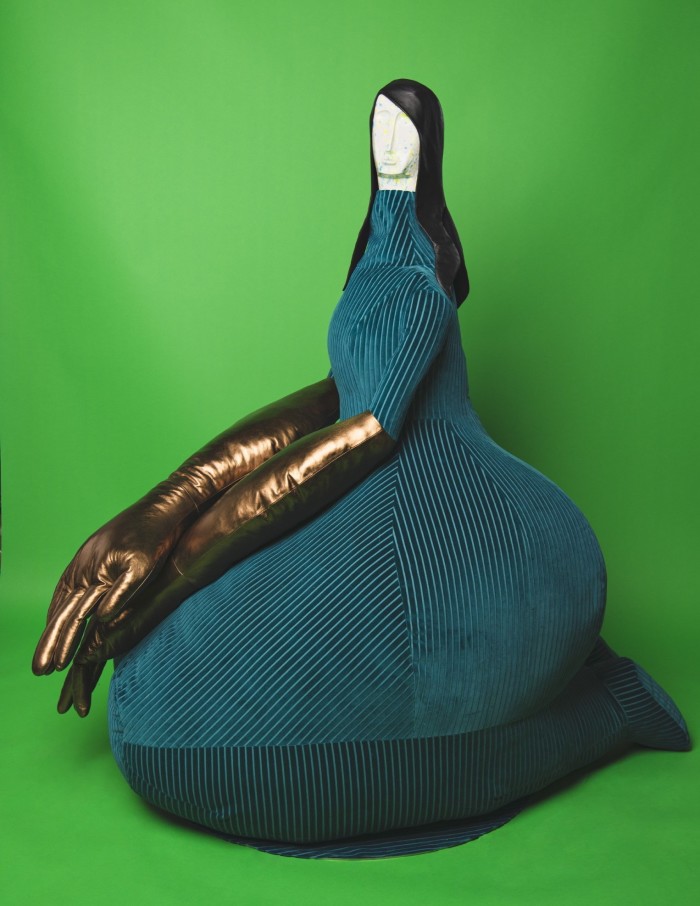
The basement of the Palais de Tokyo has undergone a surreal redecoration. Following their presentation at the Austrian pavilion at last year’s Venice Biennale, art duo Jakob Lena Knebl and Ashley Hans Scheirl now bring their stage-like installations — what they call “spaces of desire” — to the building’s lower level. These hybrid utopias explore queer identities while showcasing the pair’s diverse practices. Carpets, mirrors, sculptures and paintings unfurl across a colourful mise-en-scène. Look out for references as wide-ranging as novelist Mary Shelley, mathematician Ada Lovelace, children’s book Barbapapa and artist Hans Bellmer. KF To January 7, palaisdetokyo.com
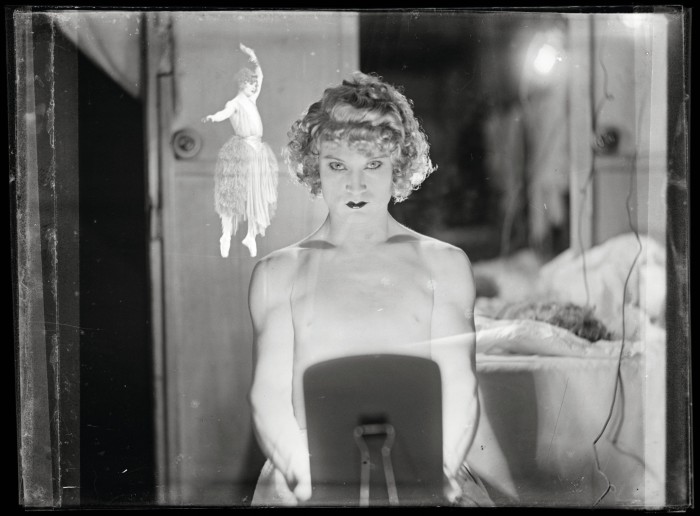
The Centre Pompidou delves into its collection to celebrate the artists who fought for LGBT+ rights in 500 artworks and pieces of archival material in Over the Rainbow. A range of genres and subcultures trace resistance through the decades: erotic interwar photography, 1960s leather culture, activist video works of the 1970s, anti-Aids artist collectives and 1990s queer theory as well as contemporary reflections on how sexuality intersects with gender, class and ethnicity. Stories of solidarity and struggle surface throughout as this varied panorama traces how underground movements bubbled over into the public arena and helped agitate for change. KF To November 13, centrepompidou.fr
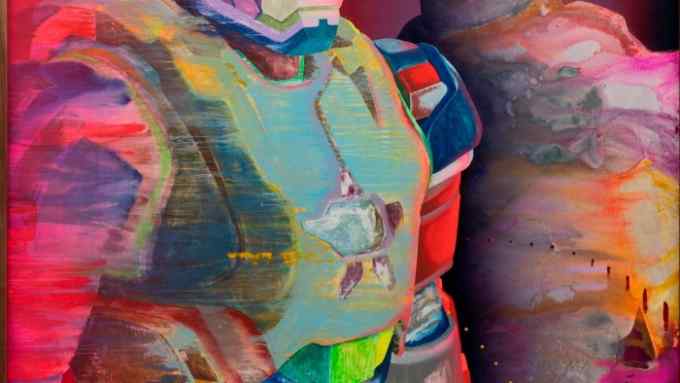
Comments